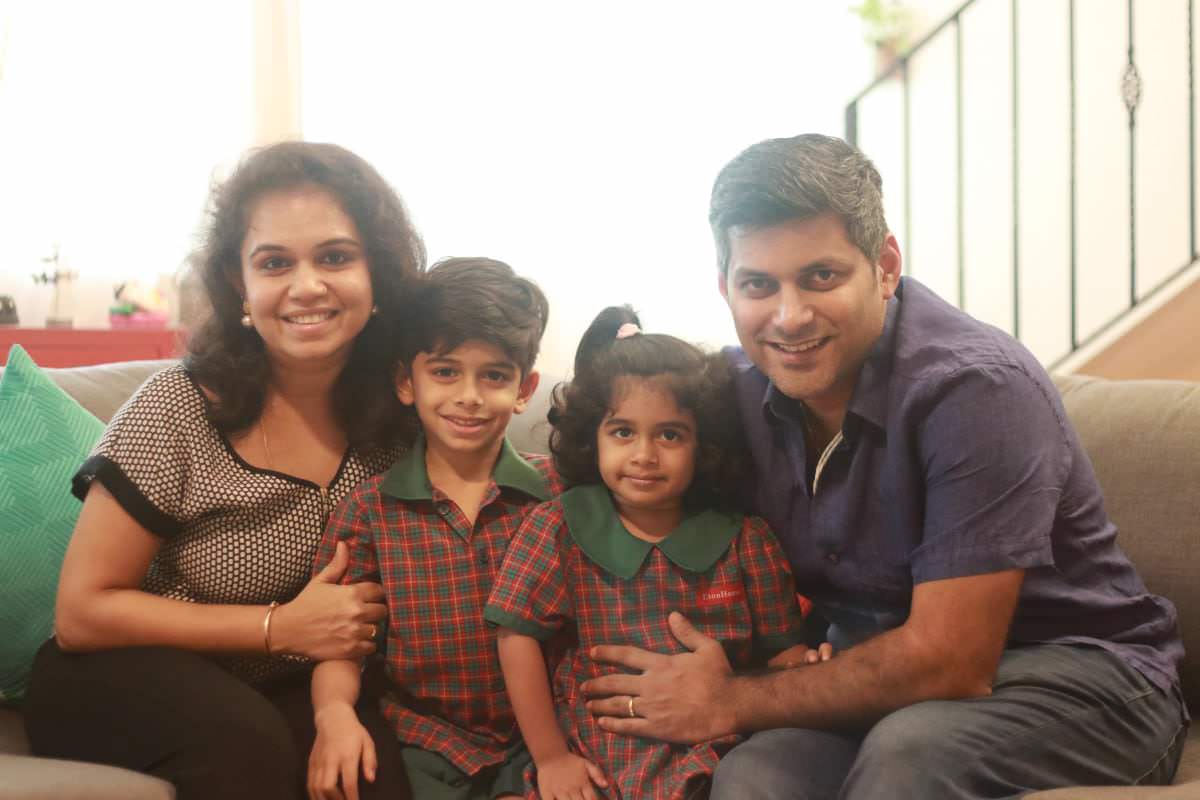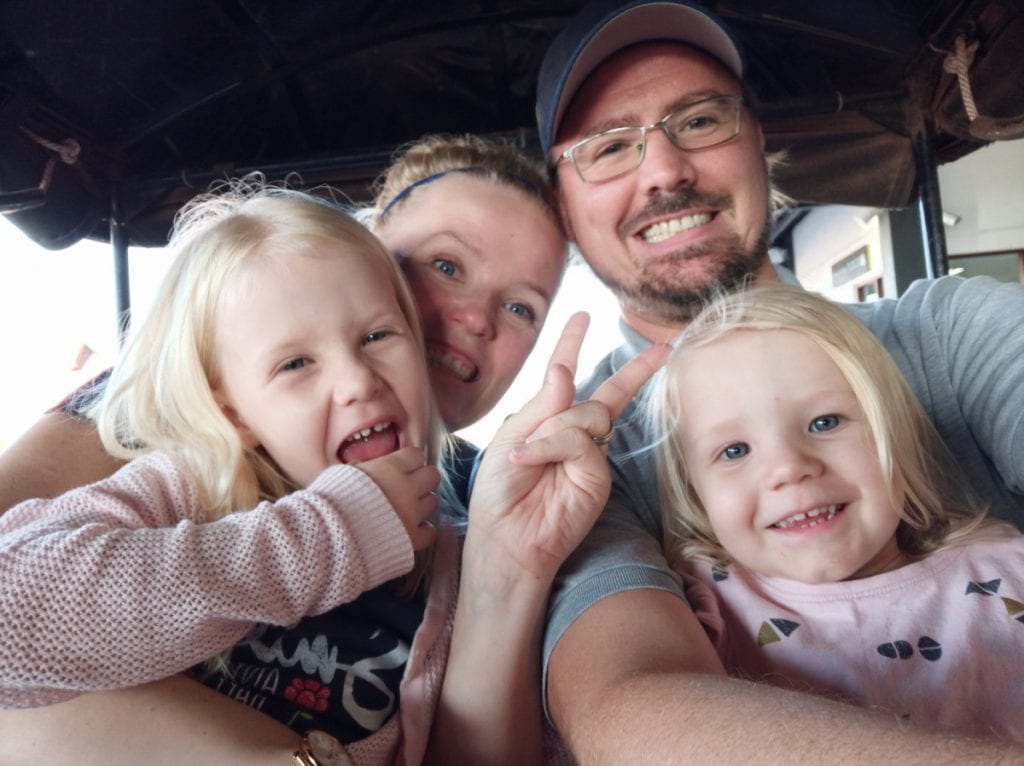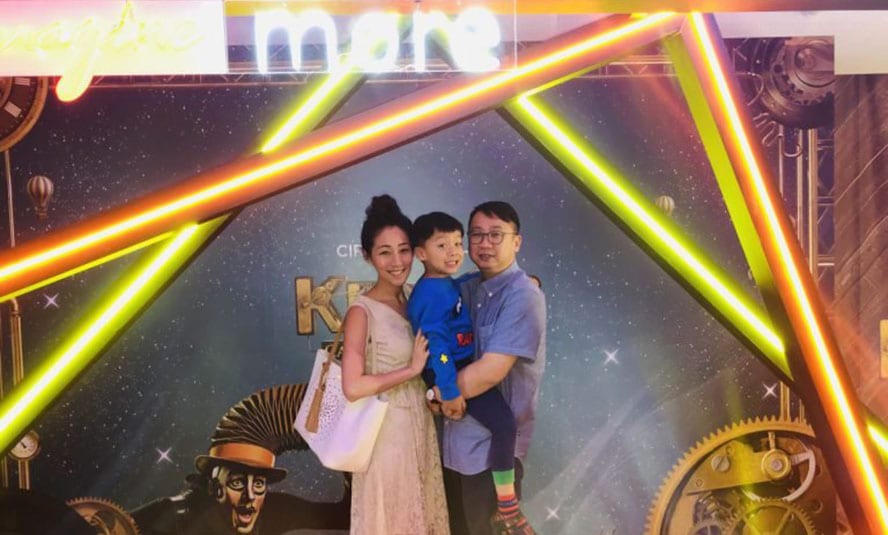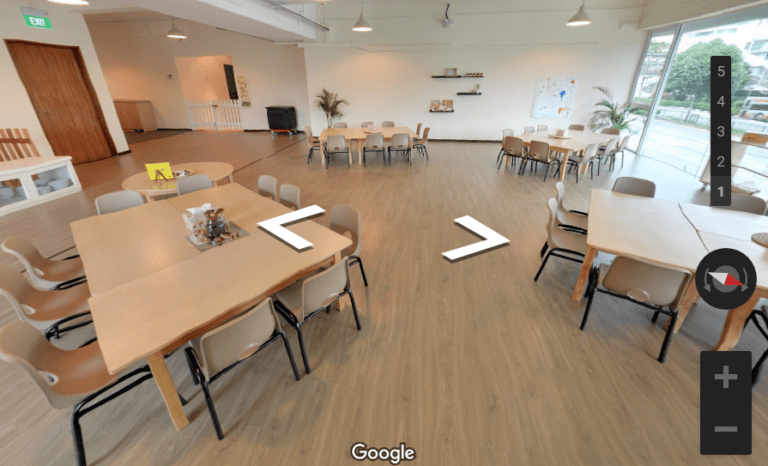

Veeraraghavan Family, Parents of Arnav and Diya, Upper Bukit Timah
It’s been three years since Arnav joined the school and it’s been a beautiful journey watching him become more independent and responsible, yet have such innocence and a strong sense of belonging when he is with his buddies. Read more here


Kubitza Family, Parents of Leia and Julie, Upper Bukit Timah
EtonHouse is like family to us. Every day we go to school, we get smiles, we get hugs and I get advice if needed. We feel heard in our ideas and opinions and we feel like we belong there. Read more here


Parents of Tommy, Upper Bukit Timah
We are particularly grateful to Ms Natalie Loh and her team at EtonHouse Upper Bukit Timah for their enduring faith, endless patience and earnest attention to Tommy’s well-being and learning interests. Thank you for watching over and caring for Tommy (and his friends) as your own! Read more here


